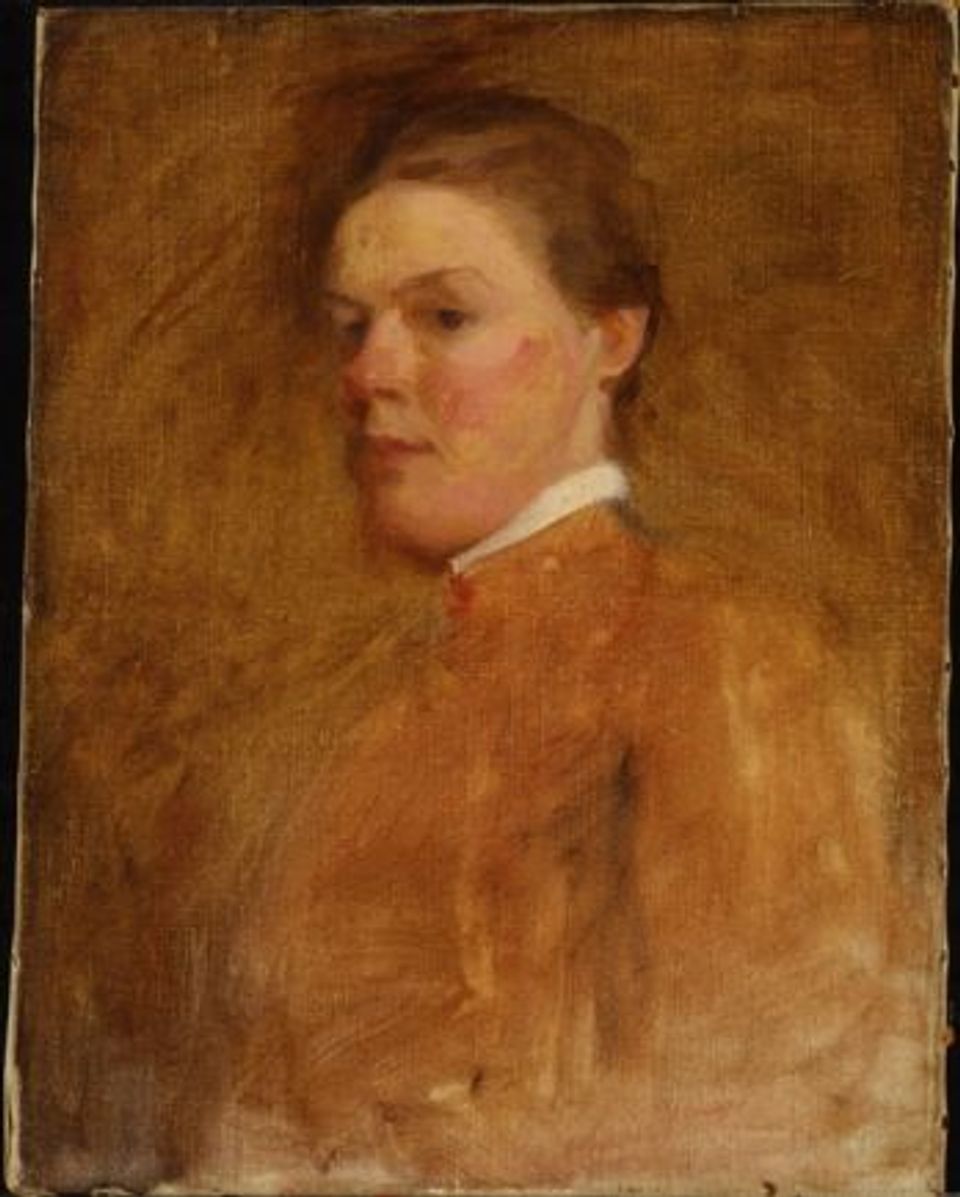Cecilia Beaux

- Born
- Philadelphia, Pennsylvania, United States
- Died
- Gloucester, Massachusetts, United States
- Active in
- New York, New York, United States
- Biography
Born Philadelphia, 1855. Before 1872, studied drawing with Dutch artist Adolf van der Whelen. 1875, fossil drawings on commission from U.S. Geological Survey. 1877–79, studied Pennsylvania Academy of the Fine Arts. First exhibited 1879. 1888, studied at Académie Julian, Paris. Worked in Concarneaux, Brittany; traveled in Italy. 1889, returned to Philadelphia. 1893, elected to Society of American Artists. 1895-1915, taught at the Pennsylvania Academy of the Fine Arts. 1896, France and England; exhibited at Champs-de-Mars, Paris. 1898, Gold Medal of Honor from Pennsylvania Academy. From 1899, a prominent portrait artist with many distinguished commissions and exhibitions. Virtually ceased painting after 1930. 1935, largest lifetime exhibition, American Academy of Arts and Letters. Died 7 September 1942, Gloucester, Mass.
William Kloss Treasures from the National Museum of American Art (Washington, D.C. and London: National Museum of American Art with the Smithsonian Institution Press, 1985)













